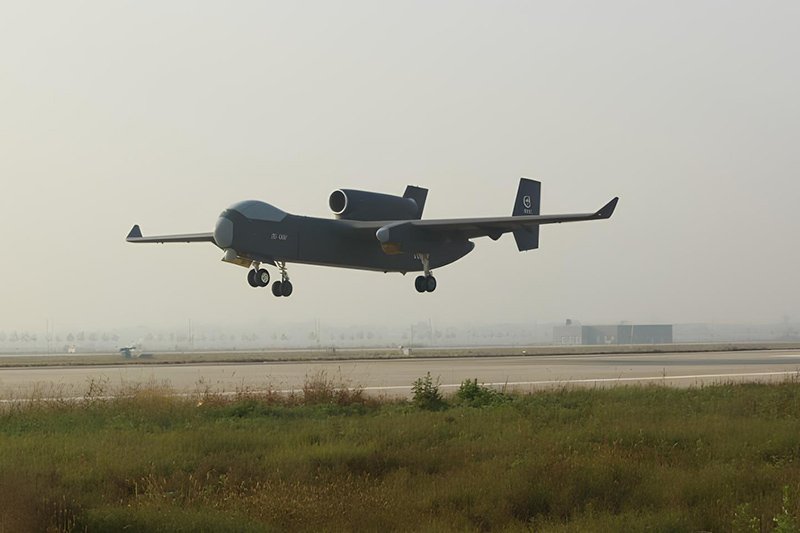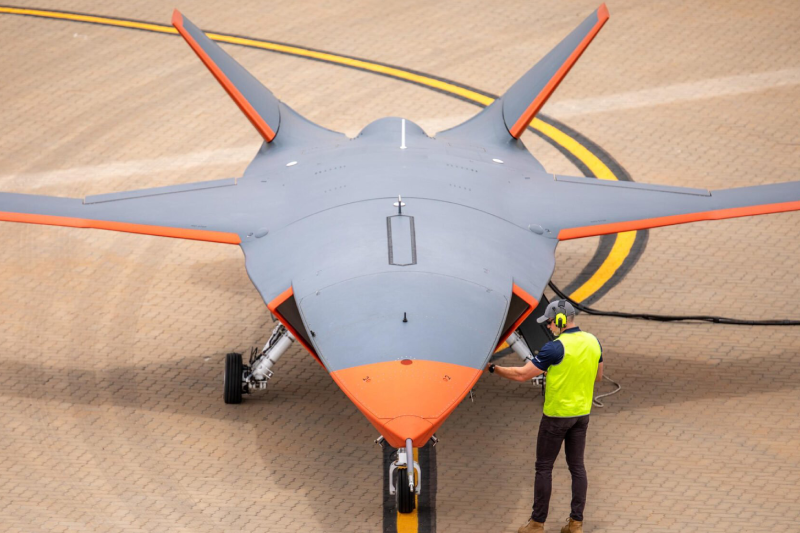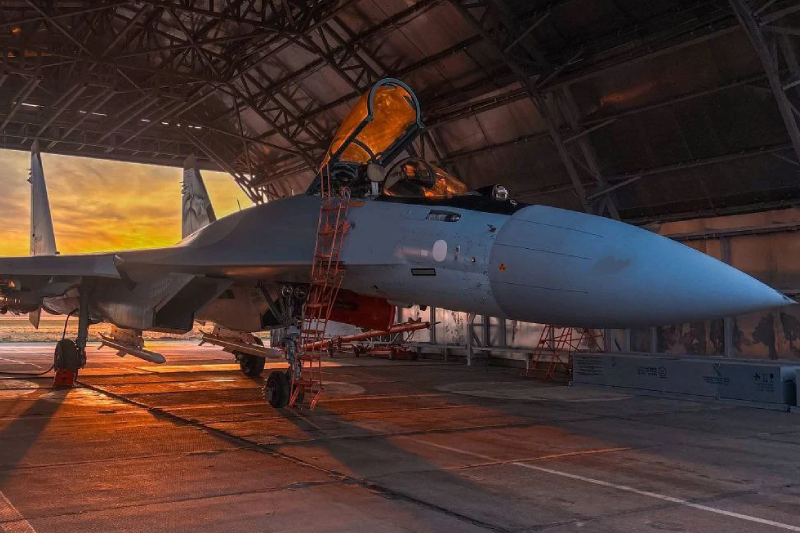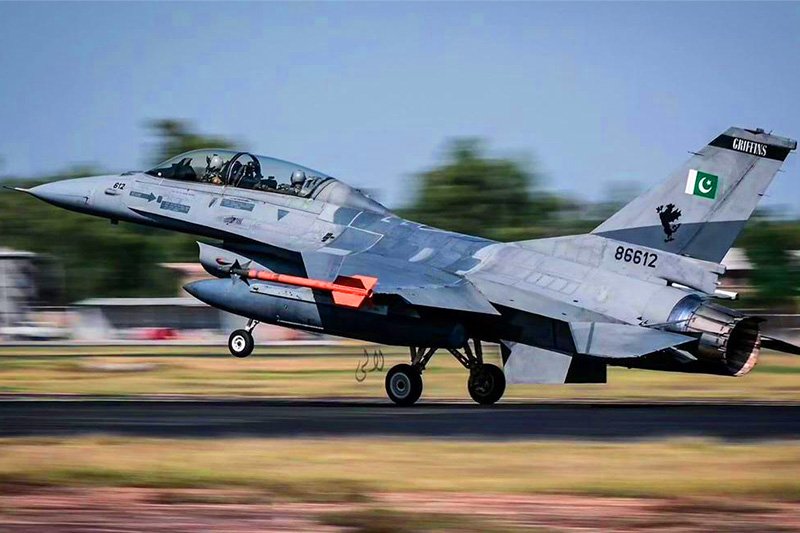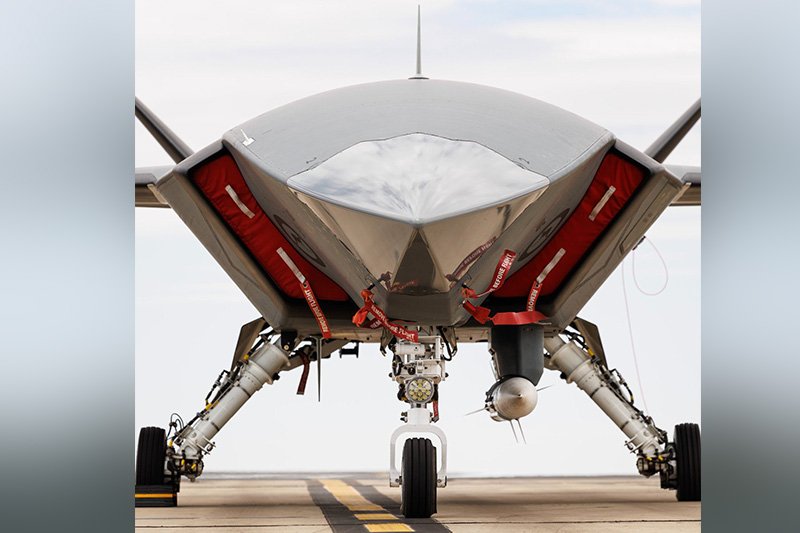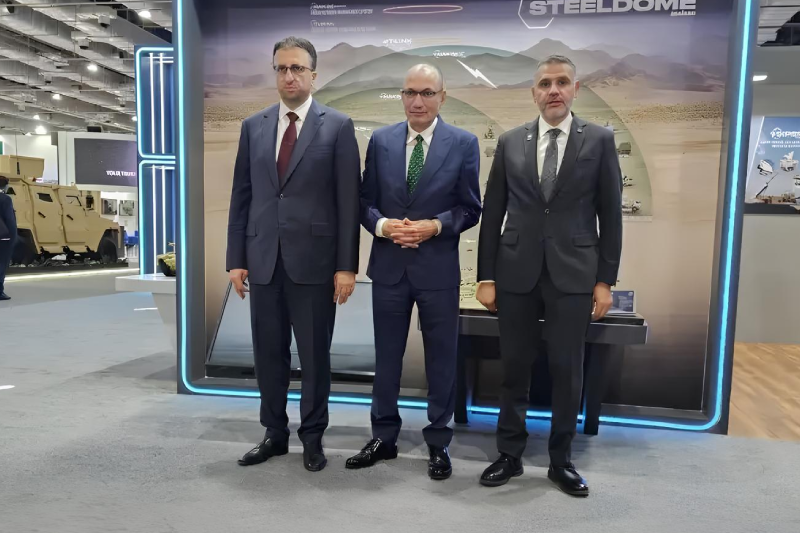China Feitian 2 Hypersonic Vehicle Passes Critical Test Flight
China has achieved a significant milestone in hypersonic technology with the successful test flight of its Feitian 2 hypersonic vehicle. On 19 August 2022, the Northwestern Polytechnical University (NPU) reported a successful rocket-based combined cycle (RBCC) engine with a flight test at a testing facility in northwestern China, representing a step forward in rocket-based combined cycle technology. China Hypersonic Feitian 2 Vehicle Successfully Survives Critical Test Flight.
Key Capabilities
The Feitian 2 test flight marks a huge technological advancement in hypersonic propulsion systems. The study team was able to get success to obtain real-flight data of an RBCC engine with a kerosene-hydrogen peroxide combination as the propellant mixture. The innovation proves that China is becoming skilled in high-tech aerospace inventions and ranks the country among the leaders in the hypersonic vehicle development.
Some important operational capabilities were proven to be successful during the test flight. Varying-geometry of intake operation enables the vehicle to manage the airflow in the best possible way during different flight phases, whereas engine-varying acceleration ensures control over the speed and trajectory. The variable angle of attack addressing the autonomous flight system facilitates advanced maneuvering that is independent of ground control input.
The expansion of Proven Feitian 1 Foundations
The Feitian 2 development is based on the success of its own project, the Feitian 1. The original Feitian 1 vehicle exploited a rocket-air breathing engine combination with the ability to produce thrust in excess of Mach 5. The previous test program confirmed the basic idea of kerosene as the efficient propellant in hypersonic propulsion systems.
Whereas Feitian 1 succeeded in proving that kerosene can be successfully utilized as a way to provide energy to the hypersonic propulsion systems, Feitian 2 develops this type of technology even further and adds a mixture of kerosene and hydrogen peroxide as a propellant to it. This maturation is solving some of the technical issues with hypersonic travel as well as retaining practical fuel benefit.
The Breaking of Hypersonic Propulsion
The operation of the hypersonic vehicle presents both a new set of problems and with them opportunities to push the aircraft design to new heights. The aircraft usually fly beyond the atmosphere of the Earth or even in extremely rare air environments, so they are not able to use atmospheric oxygen through normal air-breathing engines. As a result hypersonic vehicles need to have an oxidizer as well as a fuel onboard, which introduces serious design and weight considerations.
Conventional hypersonic propulsion fluids usually consist of Either kerosene or liquid hydrogen with liquid oxygen. This combination of kerosene and hydrogen peroxide present in Feitian 2 has clear advantages compared to traditional propellants. Kerosene also offers less cooling needs as those of liquid hydrogen, and hydrogen peroxide is a good oxidizer and can be stored more readily and handled more easily than liquid oxygen can.
Business Strategic Implications on Aerospace Development
The test flight of the successful Feitian 2 test flight is taking place in an intricate geopolitical background. Northwestern Polytechnical University is subject to US sanctions and must have special approval in the form of a Commerce Department license to buy sensitive “American made” research items and parts. The university, with these limitations, still works to develop leading-edge aerospace technologies in-country research and through foreign partnership.
The growth shows how China is becoming less dependent on foreign powers when it comes to essential aerospace technology. Through creating and experimenting with advanced hypersonic propulsion systems, Chinese researchers confirm that they can surmount technological restrains and the impediments of sanctions. This success is an indication of China aiming at becoming a world leader in next-generation aerospace technologies.
Future applications and technical innovation
The use of RBCC engine technology in Feitian 2 is a considerable and extensive engineering innovation. The ability of combined cycle engines to switch between modes of propulsion gives them efficiency benefits at different speeds allowing them to operate efficiently at low, medium and high speeds. Such flexibility makes RBCC technology especially useful in military and civilian uses.
The data of the successful test flight is valuable to be used in the future development of a hypersonic vehicle. Real-life performance Measures allow the engineer to troubleshoot design, fuel efficiency, and reliability of operations. These advances will be critical to the creation of usable hypersonic vehicles that can enter into normal flights.
International Hypersonic Race
The success of Feitian 2 in China escalates international competition in the development of hypersonic technology. Hypersonic propulsion using such so-called step-gap fuels was proven previously with the US X-51A scramjet which used a hydrocarbon fuel due to its reduced cooling requirements. Nevertheless, the progress of China regarding kerosene-hydrogen peroxide combination can be defined as an exclusive method of addressing hypersonic propulsion issues.
The accomplishment points to the dynamic rates of hypersonic technology development across the globe. The military and civilian strategic value of hypersonic capabilities has encouraged nations to engage in an intense research and development program. The success of Feitian 2 by China proves that there can exist numerous technological routes to viable hypersonic vehicle systems.
You should also read this: China Refuels Bombers At Sea With YY-20 Tanker
Perspectives of Hypersonic Technology
The success of the Feitian 2 test flight creates a framework of further development in Chinese hypersonic technology. The approved RBCC engine and usage of kerosene-hydrogen peroxide as propellant offer established foundation in future automobile development. Such technological basis allows upscaling to bigger, more powerful hypersonic aircraft with increased operations.
With the development of hypersonic tech, it will go beyond military applications to more passenger transportation needs at high velocity, space access vehicles and science research platforms. The realities exhibited by Feitian 2 are an inch closer to a smart idea through its proven capabilities and may revolutionize aerospace transport next decade.
Keep connected with us at Facebook, Twitter, YouTube, Instagram & TikTok for latest defense happening around the globe.
Discover more from International Defence Analysis
Subscribe to get the latest posts sent to your email.


